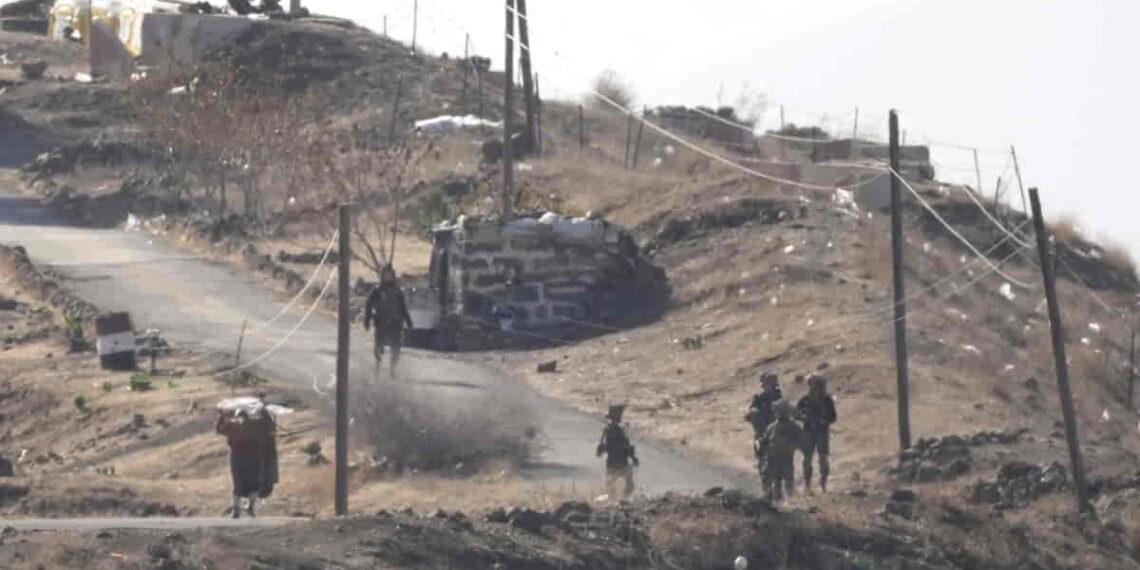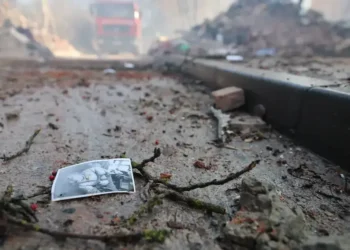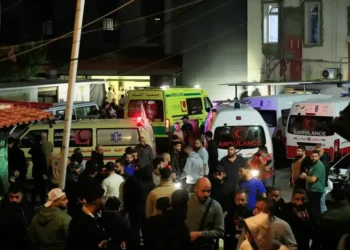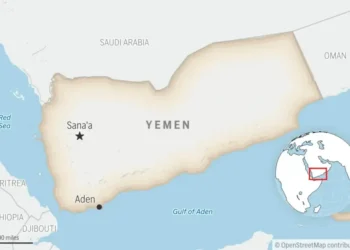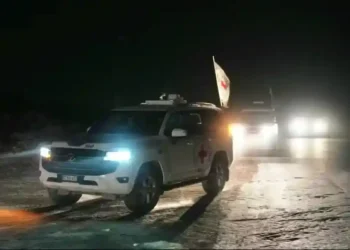Israeli Forces Prevent Syrian Farmers from Accessing Fields Near Golan Heights
Residents of the Syrian village of Maariyah, located near the Israeli-occupied Golan Heights, have reported that Israeli forces have set up a position in an abandoned Syrian army base and are preventing local farmers from accessing their fields. The incident, which has sparked local concern, was confirmed by journalists who visited the area and observed the Israeli troops from a distance.
The village lies in Syria’s southern Daraa province, just outside the buffer zone established by a 1974 ceasefire agreement between Syria and Israel. Although Maariyah is not part of the designated buffer area, residents claim that Israeli forces have moved about 1 kilometer (roughly two-thirds of a mile) into the village, blocking their ability to farm and restricting movement.
Abdel Raouf Issa, a Maariyah resident, described the situation as increasingly tense, saying, “They are demanding that we hand over all weapons to the occupation. We told them we have no weapons at all.” Issa also mentioned the severe restrictions on daily life, including the prohibition on farming, and called on the United Nations to take action to remove the occupying forces.
Kamal Saleh Damara, a local official, expressed frustration with the situation, saying, “We were happy when HTS came,” referring to the insurgent group Hayat Tahrir al-Sham, which helped remove Assad’s forces from the region. “But now Israel has come, and it is preventing people from coming and going.”
In response, the Israeli military stated that it was “operating within the buffer zone and several additional locations nearby to ensure the security of Israel’s northern border.” However, the military declined to provide specifics on the exact locations of its troops.
Tensions Rise Over Israeli Expansion
The tensions come after Israel seized a large portion of southern Syria along the border with the Golan Heights following the December 8 ousting of Syrian President Bashar al-Assad by rebels. Israel’s military actions have raised concerns that it is exploiting the chaos in Syria to expand its control, sparking accusations that the country is violating the 1974 ceasefire agreement.
Israel captured the Golan Heights from Syria during the 1967 Middle East war and later annexed the region, a move that has not been recognized by the majority of the international community. The recent military activity in the buffer zone, a 400-square-kilometer (155-square-mile) demilitarized area, has drawn significant criticism from Syria and its allies.
Displacement and Criticism
On Wednesday, a group of residents and officials from the Quneitra province—located within the buffer zone—issued a statement condemning the Israeli forces for forcibly displacing some villagers. Despite showing restraint and not resisting the advancing Israeli forces, the displaced villagers were allowed to return to their homes after a period of time. The statement called for Israeli forces to withdraw from vital local infrastructure, including government buildings, roads, and water sources.
Prime Minister Benjamin Netanyahu responded by saying that Israeli forces would remain in the area “until another arrangement is in place that ensures Israel’s security.” He made this announcement while visiting the summit of Mount Hermon, located inside Syria about 10 kilometers (6 miles) from the Golan Heights border.
As tensions continue to escalate in the region, the situation remains fluid, with residents of Maariyah and other villages near the Golan Heights facing significant challenges in the wake of Israeli military actions.
This article was rewritten by JournosNews.com based on verified reporting from trusted sources. The content has been independently reviewed, fact-checked, and edited for accuracy, neutrality, tone, and global readability in accordance with Google News and AdSense standards.
All opinions, quotes, or statements from contributors, experts, or sourced organizations do not necessarily reflect the views of JournosNews.com. JournosNews.com maintains full editorial independence from any external funders, sponsors, or organizations.
Stay informed with JournosNews.com — your trusted source for verified global reporting and in-depth analysis. Follow us on Google News, BlueSky, and X for real-time updates.
